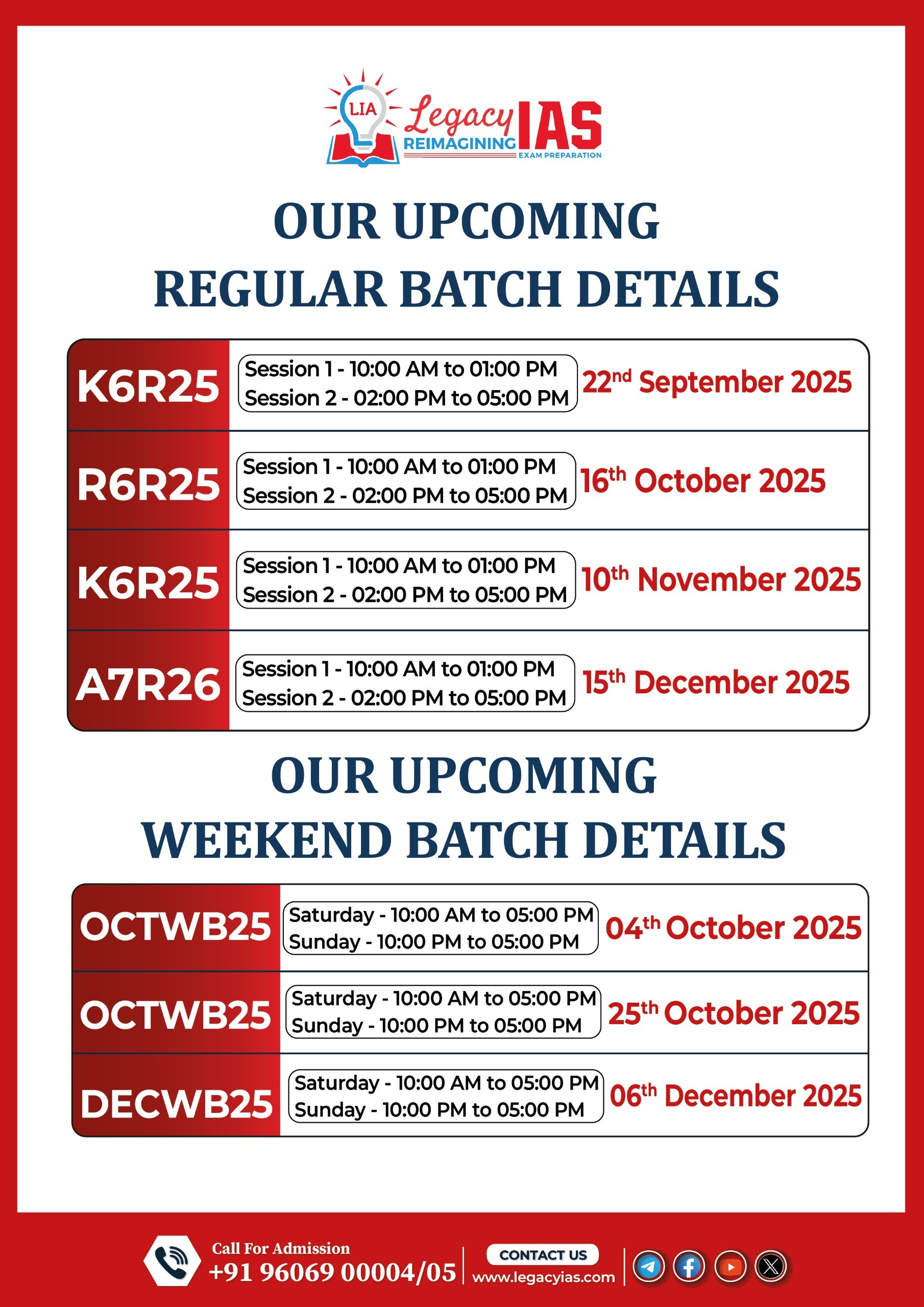Context & Why in News
- Union Budget 2025 formally recognised gig & platform workers and extended some welfare benefits.
- But the PLFS 2025 (Periodic Labour Force Survey) fails to statistically identify gig/platform workers, undermining data-driven policymaking.
Relevance : GS 2(Governance , Labour Welfare)
Gaps in Labour Classification
- Gig workers defined in the Code on Social Security, 2020, but ambiguously.
- PLFS still classifies them under ‘self-employed’, ‘casual labour’, or ‘own-account worker’ — masking their unique conditions.
- Algorithmic work, multi-platform juggling, no job security, and app-based tasking ≠ traditional employment.
Consequences of Statistical Invisibility
- Gig workers lack social security representation despite legal recognition.
- Policy efforts (e-Shram portal, AB-PMJAY, digital ID cards) lack strong data support.
- Welfare boards rely on PLFS data — flawed classification → exclusionary access to schemes.
Why Gig Work Is Different
- No stable contract or control over work → cannot be equated with self-employment.
- Shaped by algorithms, task-based pay, platform switching.
- Employment volatility, digital reach dependence, and zero benefits not reflected in PLFS.
Policy & Data Disconnect
- MoSPI response in Rajya Sabha: Gig workers are included under ‘economic activity’ — but not separately identified.
- PLFS 2025 changes: More rural representation, monthly estimates — but no changes to capture gig-specific variables.
Way Forward
- Update PLFS classification codes to include gig/platform categories.
- Introduce special survey modules to assess:
- Number of platforms worked on
- Nature of algorithmic control
- Work hours, contracts, pay volatility
- Institutionalise National Social Security Fund (Clause 141) and Welfare Boards (Section 6 of Code) with gig-specific inputs.
Relevant Data Points
- 23.5 million gig workers projected by 2029–30 (NITI Aayog 2022).
- Despite inclusion in Code on Social Security, gig workers remain invisible in core labour statistics.
Additional Dimensions
1. Legal and Policy Recognition
- Code on Social Security, 2020: Defines gig and platform workers but lacks operational clarity.
- No corresponding rules/guidelines yet framed to implement social security benefits.
2. Statistical Gaps
- PLFS 2025: Fails to create a distinct category for gig workers.
- Gig workers merged into ‘self-employed’, ‘casual labour’, causing data invisibility.
3. Economic and Social Security Issues
- No written contracts, volatile incomes, no maternity benefits, or insurance by default.
- e-Shram portal (~30 Cr+ registrations) lacks granularity for gig-specific insights.
4. Algorithmic Control and Digital Governance
- Gig work is governed by platform algorithms, which determine work allocation, pay, and reviews — often without transparency.
- Raises issues of digital rights, data privacy, and worker surveillance.
5. Labour Rights and Unionisation
- Gig workers are not covered under Trade Union Act, limiting collective bargaining.
- Attempts at forming informal unions (e.g., Swiggy delivery agents’ strikes).
6. Gender and Gig Economy
- Low female participation in platform work due to safety, tech access, and lack of flexibility.
- Women gig workers face wage gaps and higher care burden.
7. International Comparisons
- EU passed legislation mandating algorithmic transparency for platform workers.
- UK Supreme Court (2021): Ruled Uber drivers are ‘workers’, not self-employed.
Additional Data and Facts:
| Indicator | Data Point | Source |
| Projected gig workforce | 23.5 million by 2029–30 | NITI Aayog Report (2022) |
| Current estimate | 7.7 million (as of 2020–21) | NITI Aayog |
| Women in gig economy | ~10% of gig workforce | NITI Aayog |
| e-Shram registrations | 30 crore+ | Ministry of Labour & Employment |
| PLFS 2022-23 gig data | Not separately identified | MoSPI response in Parliament |
| Informal sector coverage | 92.4% of total workforce (2022) | PLFS 2022-23 |
| Workers without written contract | Over 70% of informal workers | PLFS & ISLE |
Other angles to explore:
- Urbanisation and gig clustering (metro-centric platforms).
- Impact of AI & automation on gig jobs (task elimination, micro-tasking).
- Sustainability concerns — frequent travel by delivery/rideshare gig workers.
- Social audits & grievance redressal in gig platforms — almost non-existent.
- Need for a Unified Labour Market Framework inclusive of informal and gig workers.



